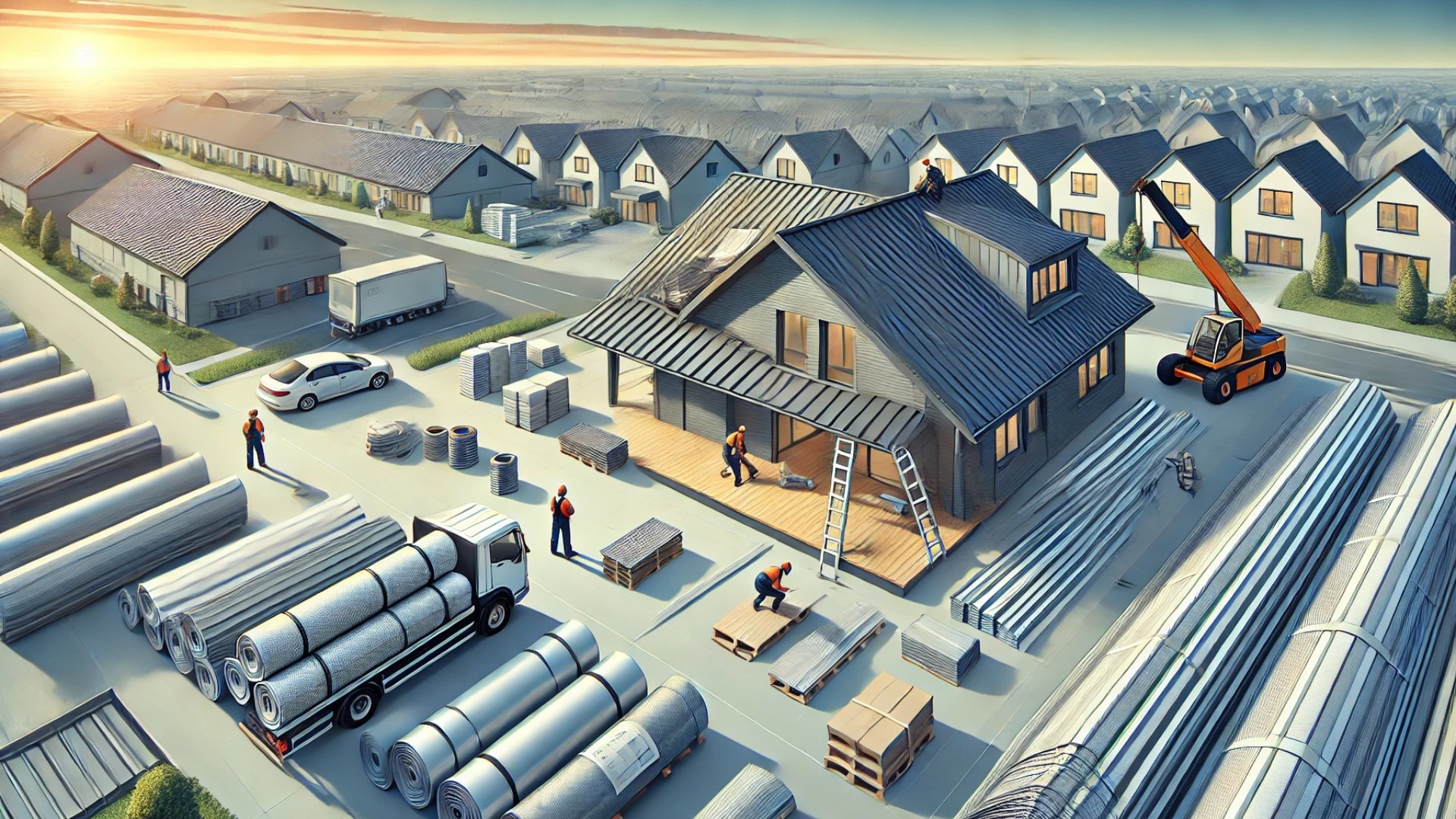
Facing the Labor Crisis in the Building Envelope Industry
The building envelope sector is currently grappling with a significant labor shortage, a challenge that many industries are facing post-pandemic. As firms struggle to find skilled labor, they are increasingly turning to technology as a solution to bridge the gap and enhance operational efficiency.
How Technology is Transforming the Industry
Incorporating advanced technologies such as Building Information Modeling (BIM) and construction management software, firms can streamline processes and improve collaboration among teams. BIM offers 3D modeling capabilities, allowing stakeholders to visualize projects throughout various stages, thus minimizing the risk of errors and ensuring efficient use of resources.
Moreover, drone technology and 3D printing are emerging as powerful tools to facilitate construction in ways previously unimagined. Drones provide real-time surveillance and inspection capabilities, enabling contractors to assess site conditions and monitor progress remotely. Simultaneously, 3D printing can expedite the production of components, reducing the reliance on traditional labor and addressing the skills shortage effectively.
Lessons from Other Industries
A parallel example can be observed in the automotive industry, where companies have adopted automation to tackle labor shortages effectively. This move has not only maintained production rates but has also resulted in new job categories that require high-skilled labor to manage automated systems. Building envelope firms can learn from this by identifying areas within their operations where automation can be safely applied and scaled.
Future Insights and Opportunities
Looking ahead, the integration of artificial intelligence (AI) into project management is a notable trend that could offer solutions for both resource allocation and project forecasting. AI-driven platforms can analyze patterns in labor utilization and project timelines, enabling firms to better predict their needs and adjust accordingly. As the workforce landscape continues to evolve, it will be crucial for firms to embrace these innovations to remain competitive and sustainable.
The Unique Value of Adopting Technology
Utilizing technology not only helps in overcoming labor shortages but also enhances product quality and accelerates project timelines. When companies invest in integrating these modern solutions, they set themselves up for long-term success by transforming operational practices to thrive amid changing employment dynamics. Building firms looking to bolster their workforce capabilities must consider investing in technology as a critical strategy.
Concluding Thoughts
As we observe the challenges presented within the building envelope industry, it is evident that technology will play a pivotal role in reshaping the landscape. Firms that proactively adopt these technological advancements will not only address their immediate labor shortages but are likely to create a more resilient and adaptable workforce well into the future.
 Add Row
Add Row  Add
Add 

 Add Row
Add Row  Add Element
Add Element 




Write A Comment